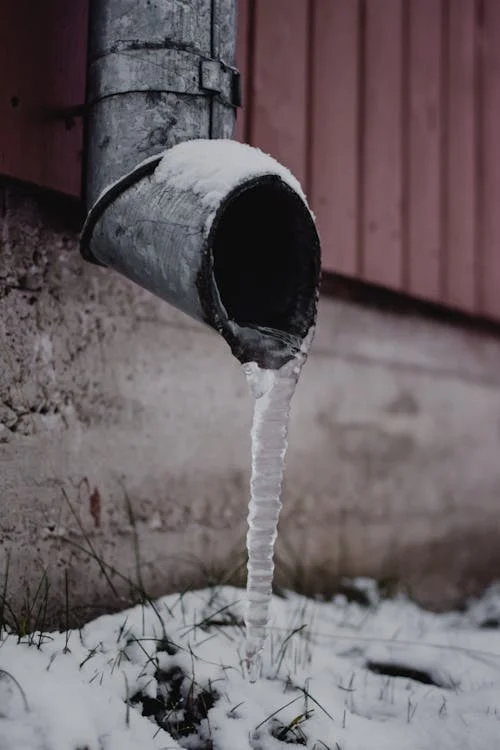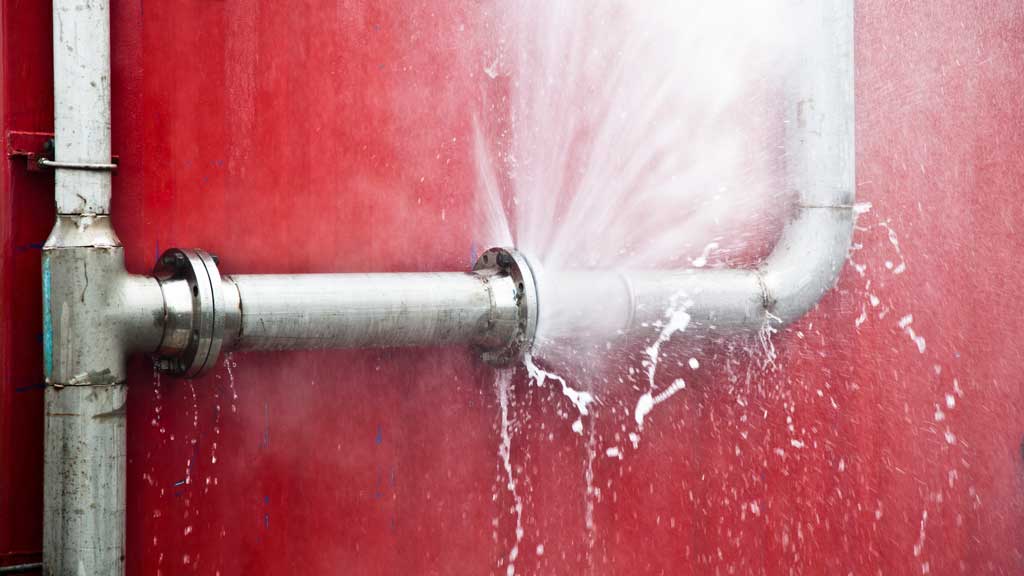Stopping Burst Water Lines: Important Tips to Secure Your Pipes
Avoiding ruptured pipelines is a crucial issue for property owners, specifically throughout colder months when the danger of freezing is heightened. Executing calculated procedures such as correct insulation, regular examinations, and keeping constant interior temperatures can considerably decrease the possibility of pipe failing.
Understand Pipeline Vulnerabilities
Recognizing pipeline susceptabilities is vital for reliable pipes upkeep and preventing costly damage. Numerous factors add to the susceptibility of pipelines to bursts, consisting of material make-up, age, and environmental problems. Older pipes, specifically those made from galvanized steel or polybutylene, typically weaken over time, causing increased risk of tears and leaks.
Temperature variations can also significantly impact pipeline integrity. In chillier climates, water entraped in pipes can ice up, expanding and putting in stress on the pipeline walls, which may inevitably lead to a burst. Furthermore, high water pressure can stress pipelines, particularly at joints and bends, enhancing the likelihood of failure.

Insulate Piping Effectively
Correct insulation of pipes is crucial for preventing cold and succeeding bursts during winter (burst pipe). Insulating your plumbing system effectively safeguards against temperature drops that can result in pricey damages. Begin by determining susceptible areas where pipelines are subjected to outdoor temperatures, such as basements, attic rooms, and exterior walls
Use foam pipe insulation sleeves or cover insulation tape around these locations to offer a protective obstacle. Guarantee that all sections of the pipelines, especially those with restricted warm exposure, receive appropriate insulation. Pay unique focus to joints and fittings, as these are much more prone to freezing.
When protecting, it's vital to choose products that meet neighborhood building ordinance and are appropriate for the details atmosphere. For example, fiberglass insulation is often recommended for its thermal resistance properties - burst pipe. Furthermore, think about making use of heat cables or tape in severe conditions, which can be plugged in to offer additional warmth
Routinely check protected pipelines for any indications of wear or damage, as compromised insulation can diminish its effectiveness. By taking these proactive measures, you dramatically lower the risk of pipe ruptureds, making certain a reputable plumbing system throughout the cold weather.
Maintain Regular Temperature Level
A stable indoor temperature level is essential for protecting against ruptured pipes throughout the frigid months. When temperatures decrease, water within pipelines can freeze, broadening and producing pressure that might eventually cause the pipes to ruptured. To mitigate this threat, home owners should keep a constant temperature level throughout their home, ideally no less than 55 ° F(13 ° C)Using a programmable thermostat can help manage indoor temperatures efficiently, making sure that areas with plumbing continue to be warm also when your home is vacant. Pay special focus to areas that are extra susceptible to chilly, such as cellars, garages, and attic rooms. Maintaining cabinet doors open under sinks can likewise enable warmer air from the home to flow around pipes.
In addition, it is sensible see this page to enable faucets to drip somewhat throughout extreme chilly spells. This small circulation of water can avoid freezing by minimizing pressure within the pipes. Additionally, throughout specifically serious climate events, take into consideration momentarily putting on hold any nighttime troubles on your thermostat to preserve a constant warm environment. By implementing these approaches, property owners can significantly decrease the threat of pipeline bursts and guard their pipes systems against the severe winter components.
Consistently Examine Plumbing
Routine assessments of pipes systems are important for protecting against ruptured pipelines and maintaining general home honesty. Regular checks permit homeowners to identify prospective concerns prior to they intensify right into expensive fixings or major water damage. Throughout these inspections, it is important to check out visible pipelines for indicators of deterioration, leakages, or wear. reference Pay special focus to locations susceptible to cold, such as cellars, attic rooms, and exterior walls.
Furthermore, examining joints and connections is vital, as these factors are usually at risk to leaks. House owners need to likewise assess water stress levels, as excessive pressure can stress the plumbing system and boost the risk of pipeline ruptureds.
Think about organizing expert plumbing assessments at least as soon as a year, particularly before winter season, to guarantee your system is prepared for cooler temperatures. By being proactive in your method, you can secure your home versus the costly and disruptive repercussions of burst pipelines.
Know Emergency Situation Procedures
Comprehending emergency procedures is crucial for every home owner, specifically after carrying out routine plumbing evaluations. Being prepared for a plumbing emergency can significantly minimize damage and conserve prices.
Following, keep important devices helpful. A plumbing emergency situation kit should consist of a wrench, plunger, and towels, as well as a flashlight and a bucket for tiny leakages. Furthermore, think about having the contact info for a relied on plumbing professional easily offered, needs to the circumstance rise beyond your control.
If you spot a leak or burst pipeline, right away shut off the water and inform your plumbing. In addition, document the damages with photos for insurance objectives. burst pipe. Recognize the indications of possible plumbing problems, such as unusual water pressure changes or damp spots on walls
Ultimately, proactive view expertise and swift action are critical in managing plumbing emergency situations, ensuring your home remains secured and decreasing prospective damage.

Conclusion
Finally, protecting against burst pipes demands a diverse method that consists of understanding pipe vulnerabilities, proper insulation, keeping constant indoor temperatures, regular examinations, and expertise of emergency treatments. By executing these vital techniques, the threat of plumbing failings can be significantly reduced, therefore making sure the longevity and effectiveness of the plumbing system. Positive steps not only protect versus possible damages however also add to total water conservation and the protection of building.
In chillier climates, water entraped in pipelines can ice up, expanding and exerting stress on the pipe wall surfaces, which may eventually lead to a ruptured. When temperature levels decrease, water within pipes can ice up, creating and broadening pressure that might eventually trigger the pipelines to burst. By applying these approaches, property owners can substantially reduce the danger of pipe ruptureds and safeguard their plumbing systems versus the severe wintertime elements.
